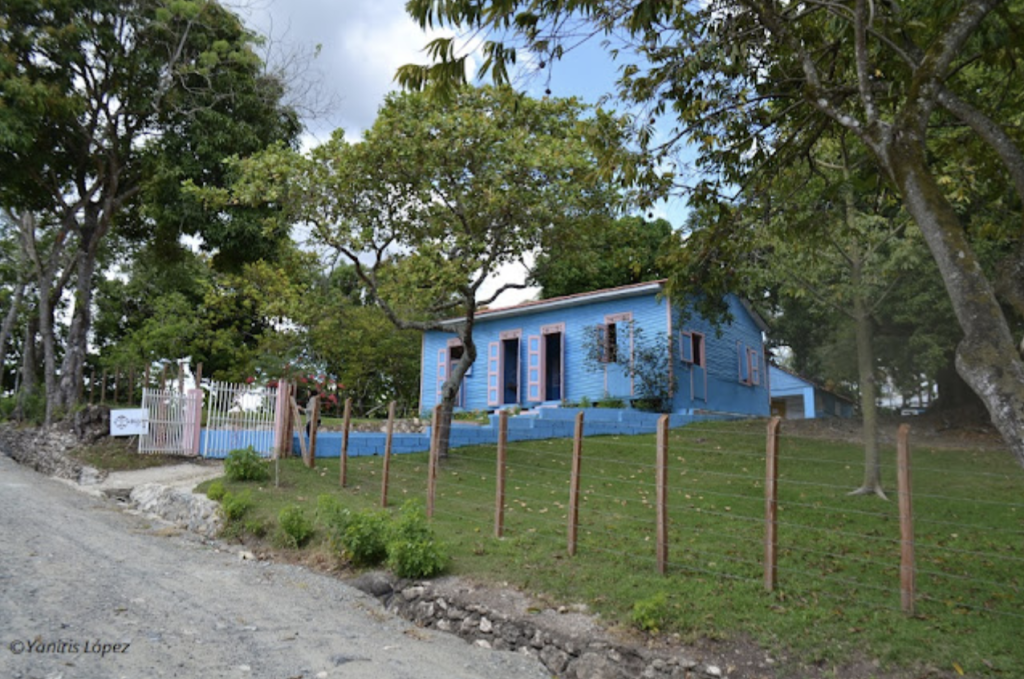
Salcedo and environs in Hermanas Mirabal province is considered a cultural destination with thousands stopping every year at the Mirabal Sisters Museum. But now the province is claiming a new attraction, the Museo Magua in Ojo de Agua. Inaugurated in November 2021, the community museum is the creation of Juan Peña and is located on a Taino Indian archaeological site that is yet to be excavated.
The museum explains the influence the Maya Indians had on the aboriginal culture in Quisqueya. The collection on exhibit is around 3,000 pieces including ceremonial mortars, zemies, stones carved into knives, arrowheads, pieces of necklaces and pottery.
Peña explains that the variety of stones used to elaborate many of these utensils, including pieces of Saladoid (Igneris) origin, confirms the migratory flow that took place in the chiefdom that extended from La Vega to Samaná that was governed by the Indian chief Guarionex.
All the pieces on display were found in the surroundings of the house museum.
Several reproductions of drawings dating from the 16th Century give insights into the pre-Columbian customs of the island’s inhabitants, the origin of the different ethnic groups that populated the region and all aspects of their daily life: gastronomy, clothing, religiosity, art, work and entertainment.
The remains date back to the Saladoid culture, the pre-Columbian indigenous culture that inhabited the present-day Venezuela and the Caribbean that flourished from 500 BCE to 545 CE. The Saladoid were an Arawak people. Concentrated along the lowlands of the Orinoco River, the people migrated by sea to the Lesser Antilles, and then to what is today Puerto Rico and the Dominican Republic.
Read more in Spanish:
Hoy
Yalo Dominicana
Hermanas Mirabal museum
13 December 2022

